QUANTUM RADAR TO BE TESTED FOR THE FIRST TIME OUTSIDE A LAB
The University of Waterloo is working on a new project that could take quantum radar from the lab to the field. The project is focused on the use of this technology for surveillance in the Arctic.

Quantum radar technology, a remote-sensing method based on quantum entanglement, has so far remained theoretical with experiments only conducted in laboratories. Now, researchers at the University of Waterloo are developing a new approach that could see the technology deployed for the first time outside of a lab.
“This project will allow us to develop the technology to help move quantum radar from the lab to the field,” said Jonathan Baugh, a faculty member at the Institute for Quantum Computing (IQC) and a professor in the Department of Chemistry. The project is being led by Baugh with three other researchers at IQC and the Waterloo Institute for Nanotechnology (WIN).
According to the University of Waterloo, if successful, the new technology would “help radar operators cut through heavy background noise and isolate objects — including stealth aircraft and missiles — with unparalleled accuracy.” This may explain why the project has received $2.7 million in funding from Canada's Department of National Defence’s (DND) All Domain Situational Awareness (ADSA) Science & Technology program.
According to a statement released by the Government of Canada last October, ASDA “is a new program led by DND, which aims to leverage science & technology expertise from other government departments, academia, industry and allies, to identify, assess and validate technologies in support of air and maritime surveillance, particularly in the North.” The program has received up to $133million in funding for use over the next five years and has been set up to have a particular focus on the Arctic, now that climate change is making the region more accessible.
“In the Arctic, space weather such as geomagnetic storms and solar flares interfere with radar operation and make the effective identification of objects more challenging. By moving from traditional radar to quantum radar, we hope to not only cut through this noise but also to identify objects that have been specifically designed to avoid detection,” said Baugh.
Stealth aircraft are designed to be undetectable by traditional radar through a combination of shape, paint and electronic artificial noise jamming. Researchers believe that quantum radars would be able to detect these specialized planes without even alerting them.
source:IE

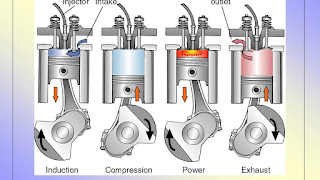

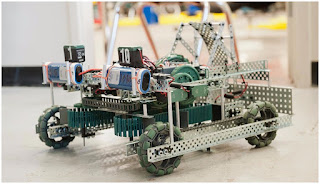

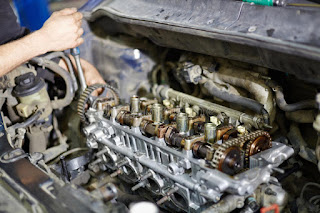

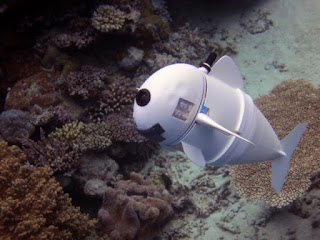
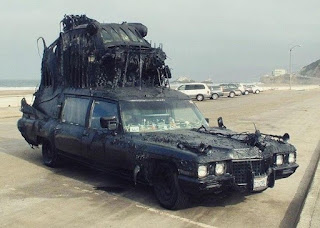
Comments
Post a Comment